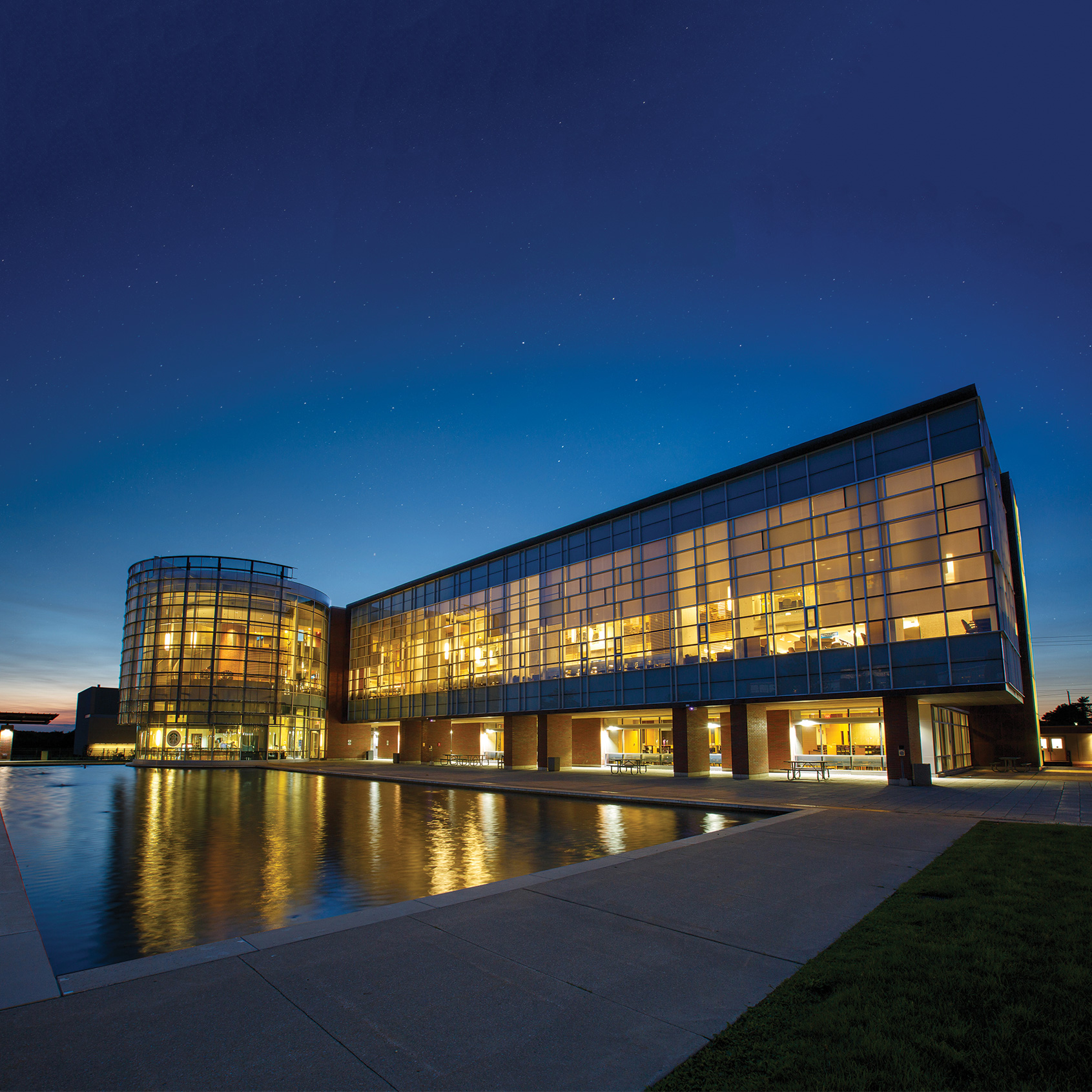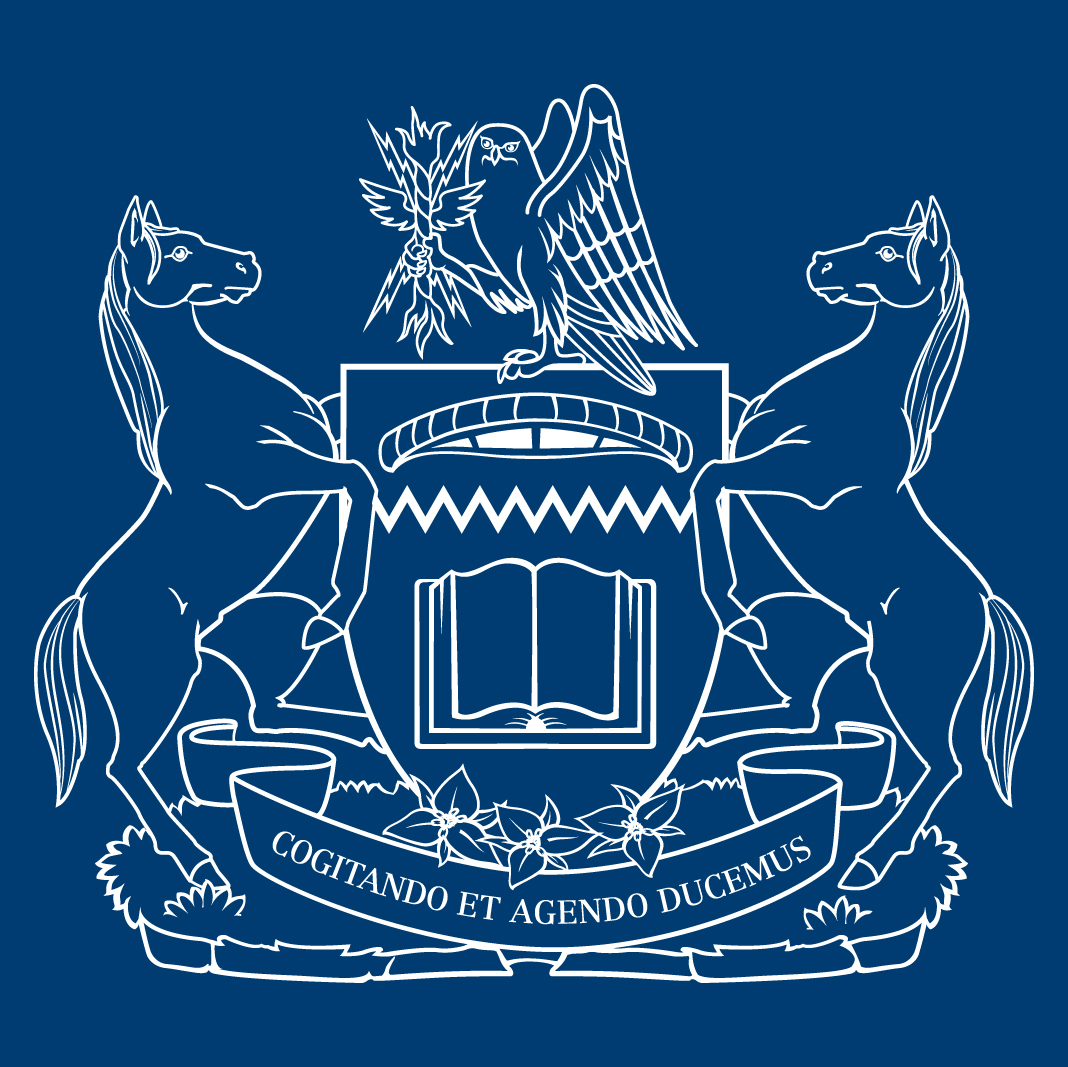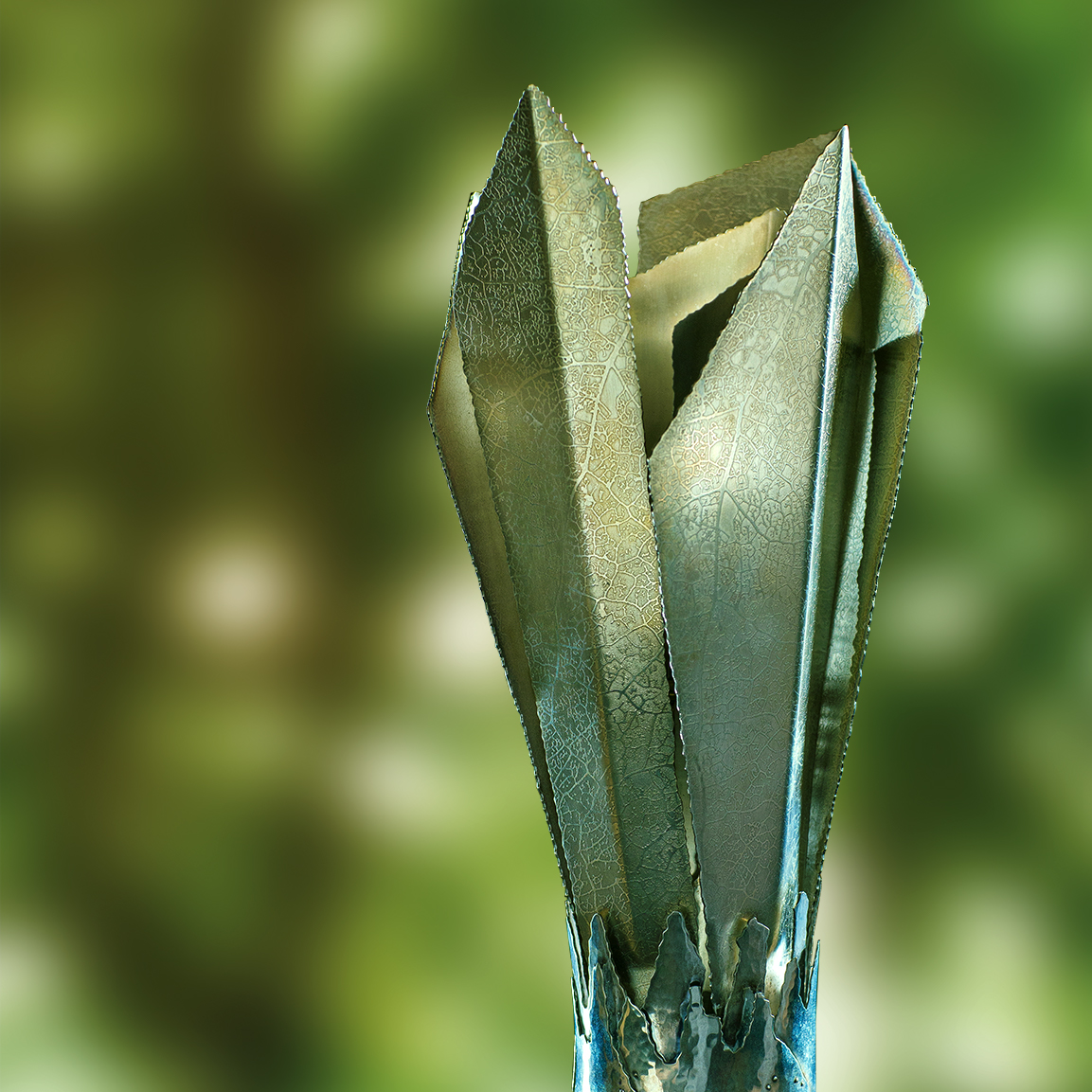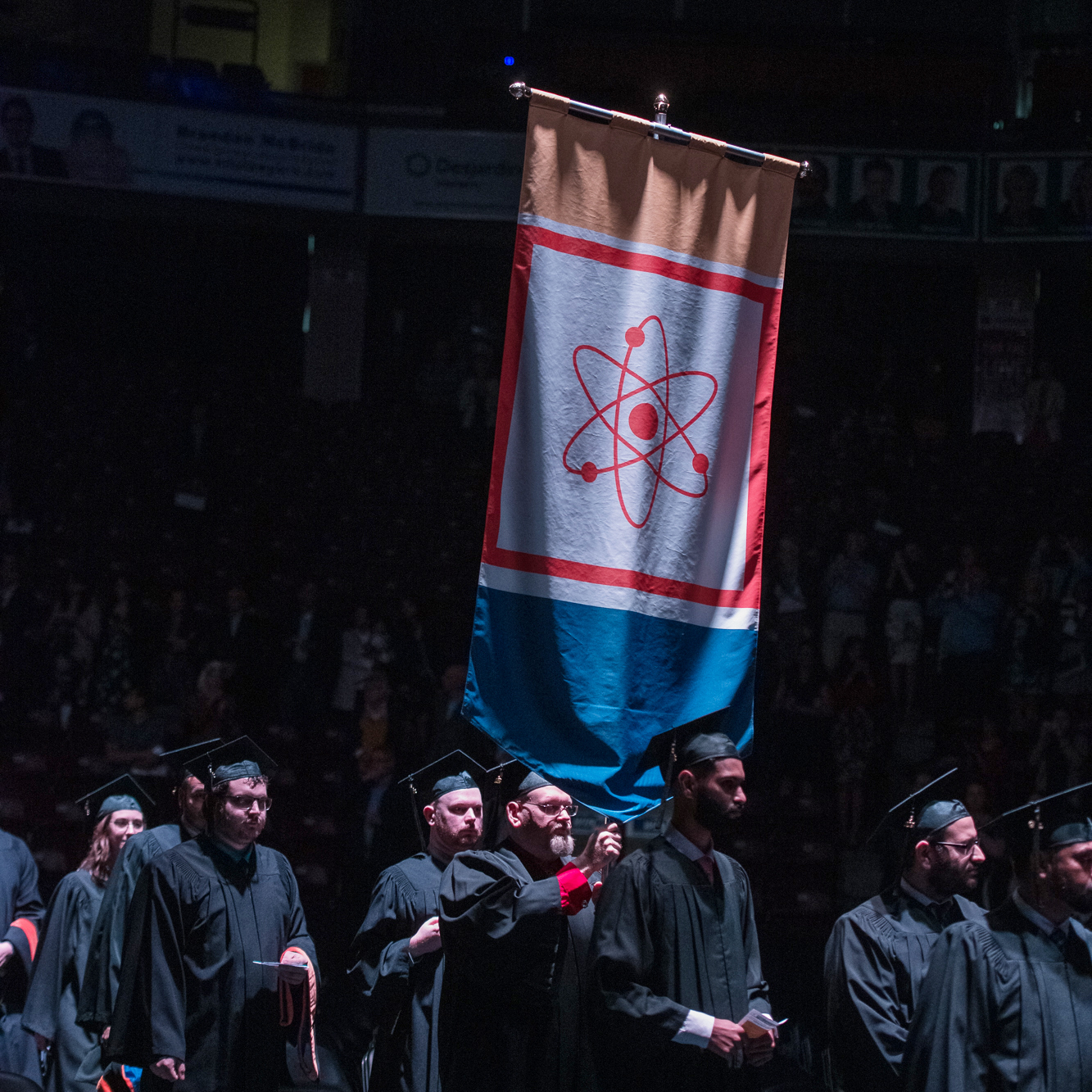About Convocation
About Ontario Tech University
Modern and forwarding-thinking, ¶ˇĎăÔ°AV University advances the discovery and application of knowledge to accelerate economic growth, regional development and social innovation. We inspire and equip our students and graduates to make a positive impact in a tech-focused world.
We believe it’s not only about developing the next tech breakthrough. Understanding and integrating the social and ethical implications of technology are our key differentiator.
We adapt to the ever-changing educational landscape by experimenting with the most effective ways to deliver flexible and dynamic learning, giving more choices to more people. We provide learner-centred educational options by offering a range of credentials, experiential learning opportunities and sparking entreprenurship activities.
Our students enjoy a stimulating campus life experience that includes hundreds of clubs, cultural and community events, recreational opportunities and a growing varsity athletics program featuring basketball, badminton, curling, dance, golf, hockey, rowing, soccer, and women’s lacrosse.
In addition to excellence in teaching, we offer our students experiential learning opportunities through internships, co-ops, practicums, research projects and more. In fact, 85 per cent of upper-year undergraduate students participate in experiential learning.
We collaborate with industry, community, government and academic organizations, bringing them together with our researchers and students to uncover innovative solutions for our partners’ most pressing problems. Home to more than 80 specialized research laboratories and facilities, we’re committed to attracting passionate and capable scholars to our high-tech campus.
The University Coat of Arms

The Coat of Arms was granted to the university on July 15, 2009 by Claire Boudreau, Chief Herald of Canada under the authority of the Governor General of Canada. The Coat of Arms offers a graphic representation of important facets of the university, as well as its history, values and achievements.
It highlights the university’s ties to the regional, national and worldwide communities from which the university draws its mission and purpose. The university reserves the use of the Coat of Arms for commemorative and ceremonial purposes.
The Coat of Arms consists of a shield, a crest, supporters and a motto. The shield, at the centre of the arms, contains three elements: an open book, a canoe and a division line.
The open book denotes an institute of higher education. The inverted canoe alludes to intellectual exploration and signifies the university’s location in Oshawa, which means portage or carrying place. The division line represents energy, innovation and community.
Atop the crest a falcon perches with its head facing forward to see the world as it is and to find ways to make a difference. The falcon, a symbol of leadership and persistence, holds a thunderbolt with flames at the top and bottom. Lightning bolts crossed behind the falcon emphasize the importance of technology. Thoroughbred horses flank the shield to reference Windfields Farm, which was located directly north of the university, and famed for breeding champion racehorses. As an official symbol of Canada, the horses also represent excellence, energy and agility. They stand on a mound of grass set with trillium flowers as a reference to Ontario. The university motto, Cogitando et Agendo Ducemus, means by thinking and doing, we shall lead.
The University Mace
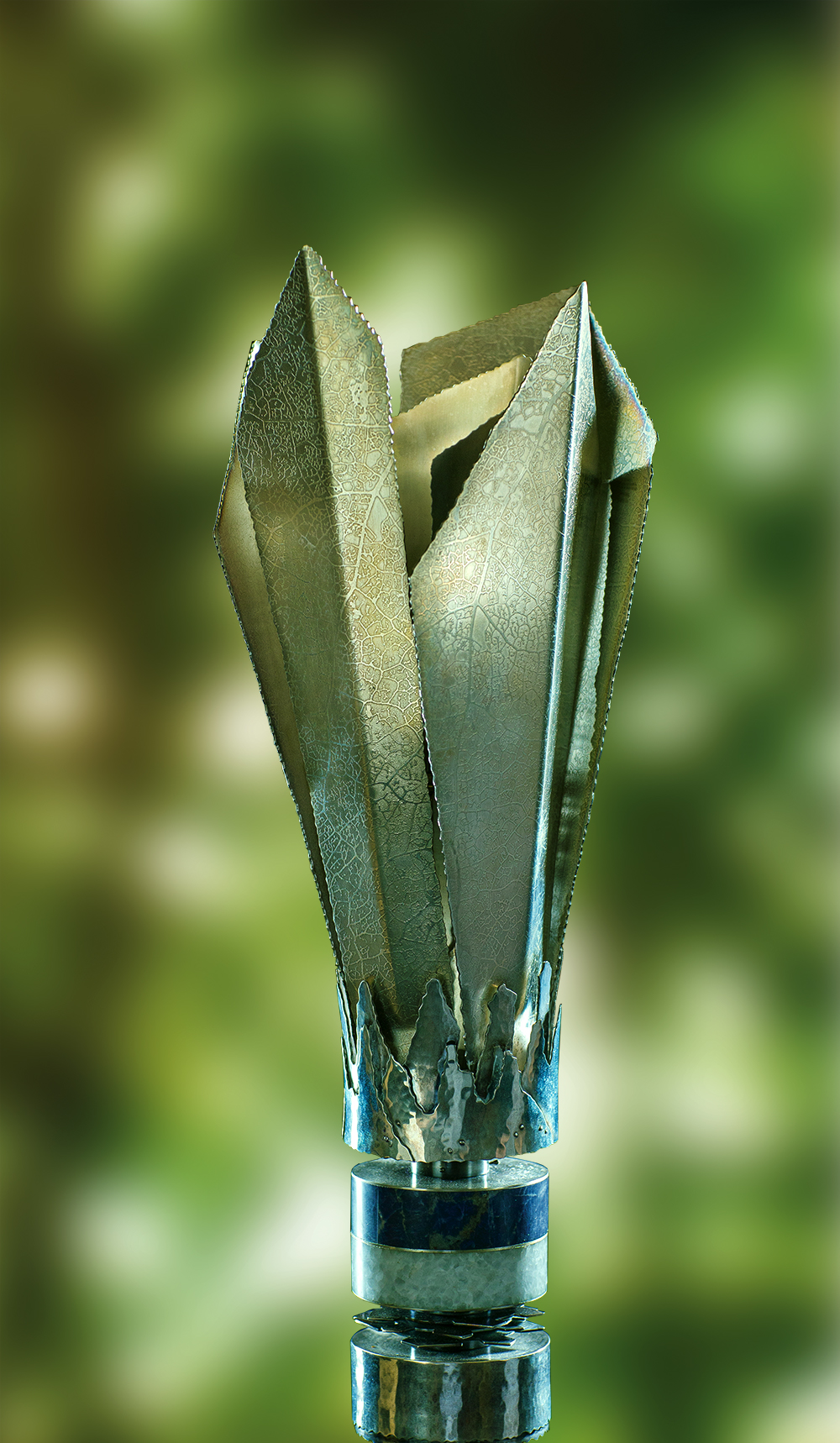
The mace symbolizes the authority, independence and responsibility of the university as a protector, creator and facilitator of knowledge. It is carried before the President and Vice-Chancellor, and the Chancellor in the Academic Procession and rests on its stand throughout the ceremony.
The mace was unveiled at Convocation in 2007. Designed and crafted by Beth Alber, Associate Dean, Faculty of Design at OCAD University in Toronto, Ontario, it consists of
a strong handle of carved cherry wood, an elegant and hardy tree native to southern Ontario. Rings of polished quartz and sodalite, in the university’s colours, top the wood. The handle supports a crown of silver in the form of an abstracted flower bud, which is intended to be a reminder of our unending responsibility to nurture, protect and celebrate academic achievement among students, faculty and staff. The surfaces of the petals are etched with the microscopic imprint of a poplar leaf, as a symbol of hope and endurance. The mace is supported by a base of Belmont Rose granite from a quarry in the Kawartha Lakes region, representing the foundation of knowledge and our interdependence with the surrounding community.
Gonfalons
The gonfalon, a flag that hangs from a crosspiece or frame, originated in the medieval republics of Italy as an ensign of state or office. Universities from around the world have adopted gonfalons and they use them during Convocation ceremonies to symbolize the different academic areas within the university. The seven gonfalons displayed at the university’s Convocation ceremonies represent the university and its six faculties. Gonfalon carriers march at the head of their faculty during the procession, followed by the students who will graduate from each of the faculties during the ceremony.
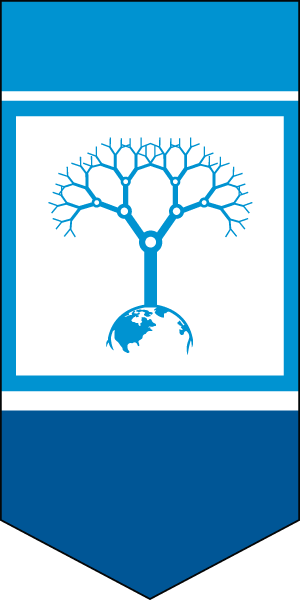
Faculty of Education
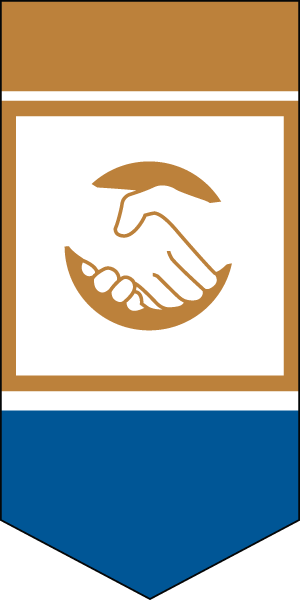
Faculty of Business and IT
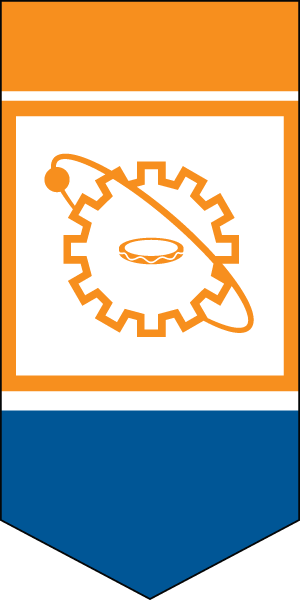
Faculty of Engineering and Applied Science
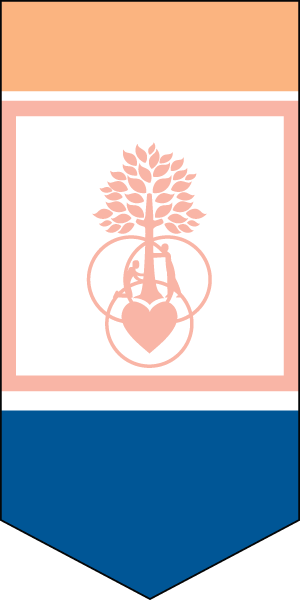
Faculty of Health Sciences
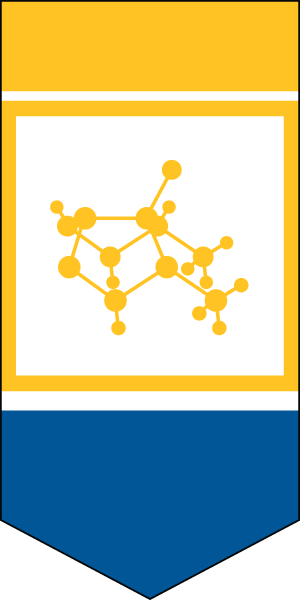
Faculty of Science
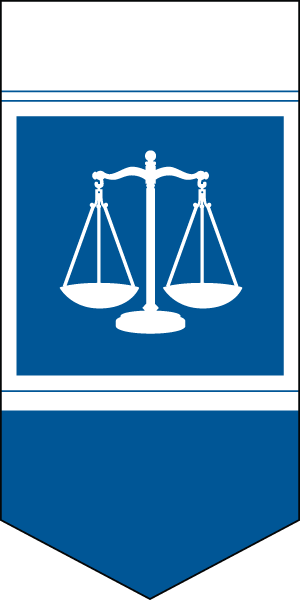
Faculty of Social Science and Humanities
Academic Regalia
The colourful academic dress worn in the Convocation ceremony was introduced more than 600 years ago. At the university, all graduates wear a gown, with a cap and hood. The gowns of bachelor’s and master’s graduates are black. The gowns of doctoral graduates are dark blue and trimmed in light blue. Mortarboards are worn by bachelor’s and master’s graduates, and velvet bonnets are worn by doctoral graduates. The hoods of bachelor’s and master’s graduates are black and the hoods of the doctoral graduates are dark blue. All degree hoods have an inside lining of royal blue as the colour of the university. The colour of the velvet trim on the hoods is distinctive of the degree that has been earned by the graduate. Graduate diploma recipients wear a black bachelor’s gown.
The Chancellor and President and Vice-Chancellor wear gowns that are distinctive of the positions they hold in the university community. University governors who participate in the Convocation ceremony wear a gown and sash distinctive of the Board of Governors. University officers, faculty and staff who participate in the Convocation ceremony wear the academic dress distinctive of the institution from which they graduated and the degree they received. If the institution’s colours are not available, participants will wear a black gown.

